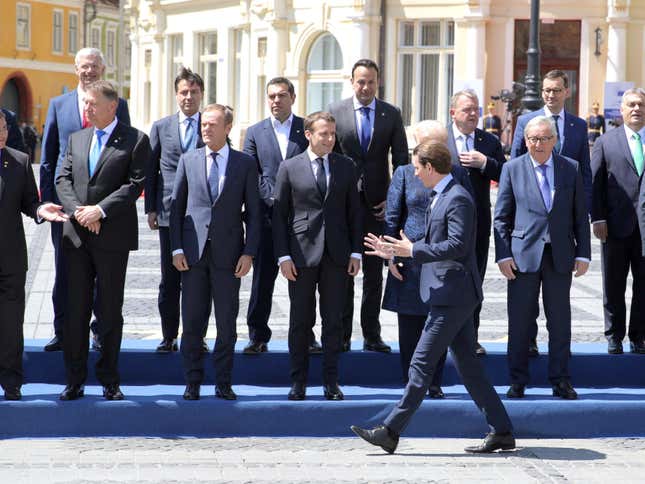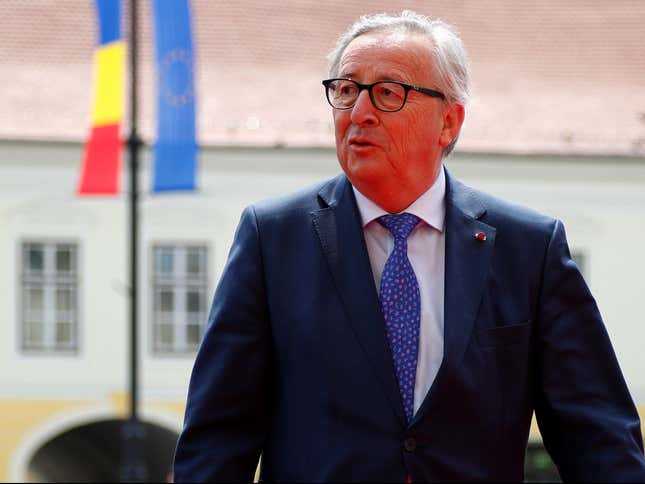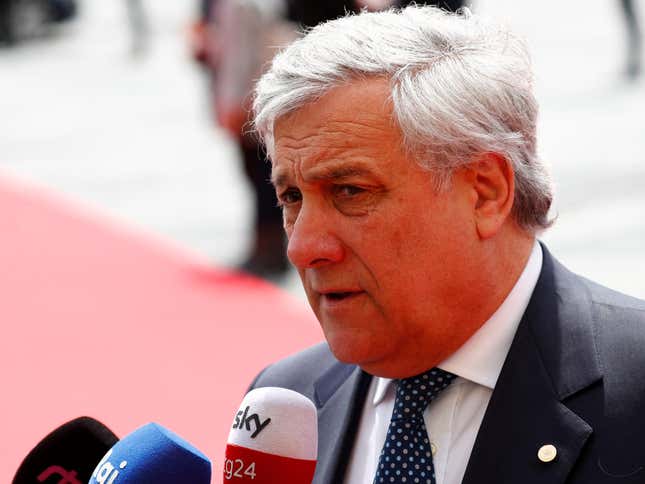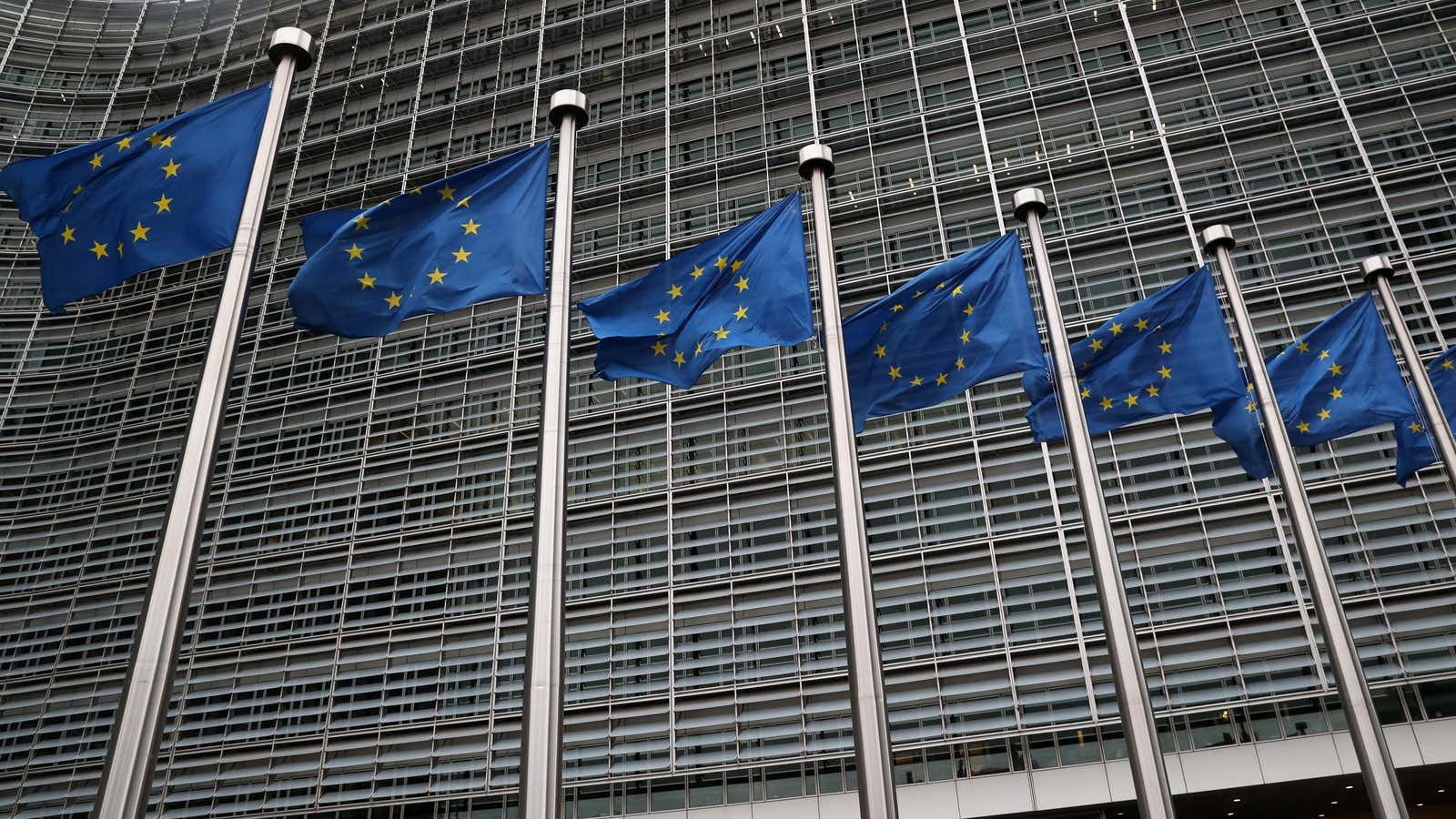EU leaders often gather for summits to make a bloc-wide decision or to handle an urgent crisis. But this week’s meeting in Sibiu, Romania was slightly different—they just had the bloc’s entire future to discuss.
EU heads of state met to debate the challenges and strategic priorities of the EU’s next five years, ahead of parliamentary elections at the end of this month. Their joint statement, published at the end of the summit, was broad and bland, with vague promises of more unity and ambition.
The real talk about the future happened on the sidelines. In statements to reporters before and after their working lunch, and in informal chats, the leaders dealt with the biggest question looming over the bloc for the next few months: Who will lead the EU into its next chapter?

The summit in Sibiu marked the beginning (paywall) of a unique electoral season for the union: Leaders of its four most important bodies will likely change in the same year, for the first time since their roles were created.
The term of current European parliament president Antonio Tajani ends in July; European commission president Jean-Claude Juncker and European central bank president Mario Draghi leave in October; while European council president Donald Tusk will step down in November.
Together, these four men run the EU. Tajani, Juncker, and Tusk command at least 43,000 employees; propose, amend, and pass laws that govern 513 million citizens (more than half of whom are women, by the way); decide where to spend the bloc’s seven-year €1 trillion budget; and mediate between EU institutions and its 28 members states. Draghi, the ECB chief, sets monetary policy for the 19 nations using the euro.

Significantly, none of these roles are chosen by the bloc’s citizens. Members of the European parliament are the only EU politicians picked directly by voters, every five years. Those four top jobs are defined among peers—presidents, economists, ministers, legislators—in politicized and somewhat opaque processes.
The critical role of the president of the commission is the most contentious, because the procedure to pick the position is not very well defined in law. On top of that, the two competing bodies that have to decide it—the council of heads of state (the group meeting in Sibiu) and the parliament—disagree over how to go about doing so.

The rules to fill the other positions are clearer. The leader of parliament is elected by its members. Tajani has already said he wants a second term, but there could be contenders after the election later this month. And the heads of state elect the chief of their council. Tusk is already on his second term, so potential substitutes like Dutch prime minister Mark Rutte and Lithuanian president Dalia Grybauskaitė are being floated (paywall).
Draghi, the ECB chief, is Italian, and his predecessors were Dutch and French. Germany, the largest and wealthiest country in the bloc, and the host of the European central bank in Frankfurt, thinks it’s time that it gets the position. The German candidate is Jens Weidmann, its current national central bank chief.
While the terms of Tajani, Juncker, Tusk, and Draghi will be over only by the end of 2019, their replacements will be made known earlier, likely in the coming weeks and months. It’ll be a season of heavy politicizing among European elite—if not that much voting by its citizens.
